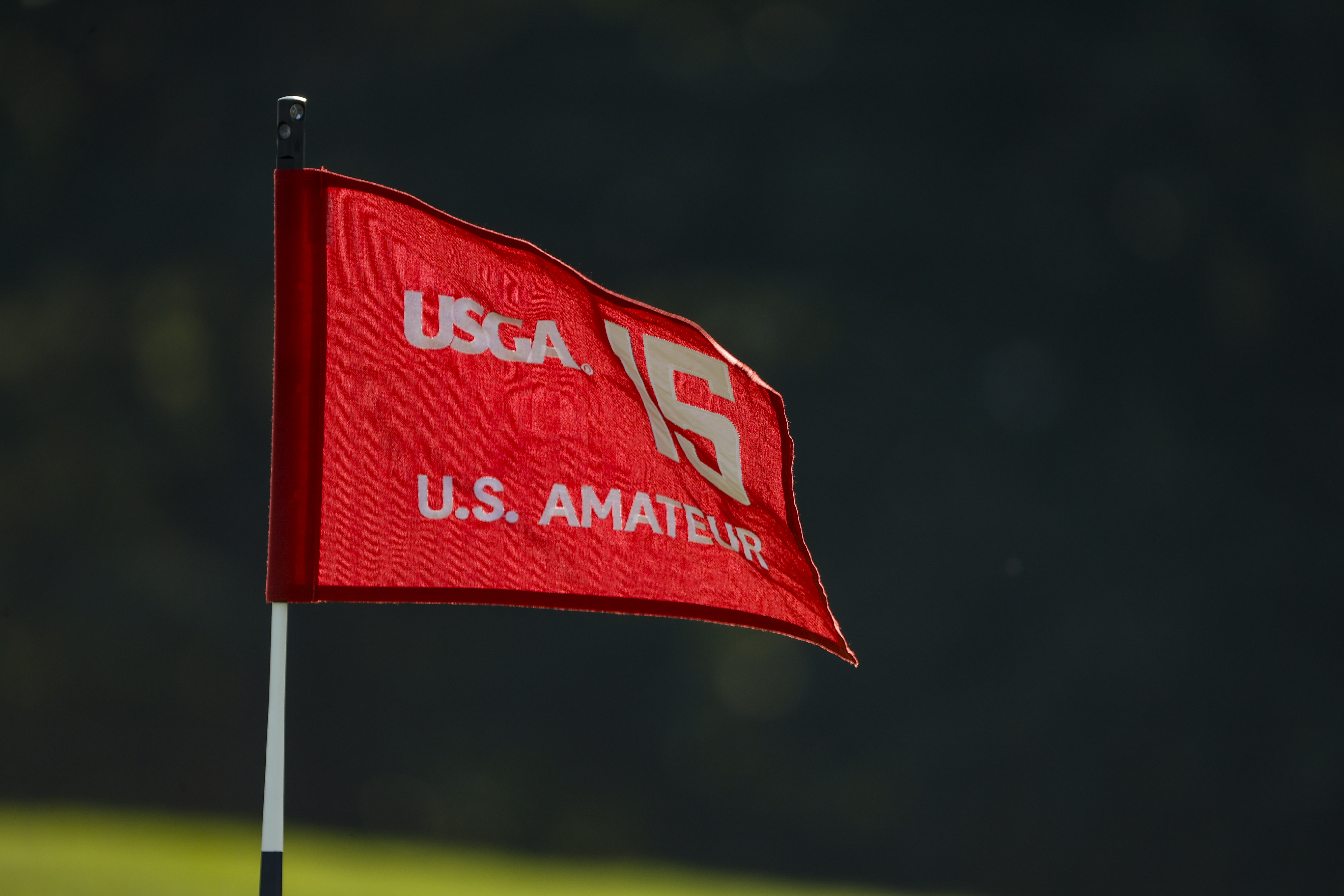The U.S. Golf Association has taken the next step in making the Rules of Golf easier to understand and apply. What began with a full Rules overhaul in 2019 continues with the finalization of the new Rules of Amateur Status.
The USGA announced Tuesday that its updated amateur code has been published but won’t go into effect until Jan. 1, 2022. As with any major USGA Rules update, the final changes are a result of months of review and a public feedback period. The goal was to make the concept of amateurism easier to understand and apply.
“More than anything, this whole process, even through the feedback period, has reaffirmed that we believe in the amateur game. Those that love and play the amateur game, which is millions of golfers all around the world, appreciate there is an amateur code that has this really, really strong culture and it needs to be preserved,” Craig Winter, USGA Senior Director, Rules of Golf and Amateur Status, told Golfweek. “That’s what we have heard. We believe this code goes a really long way to really securing the future of amateur golf at the club level and also allows for this easier transition for those who are aspiring to play at the next level.”
Generally, Winter said, feedback was positive for what the USGA is trying to accomplish, and that resulted in most of the USGA’s proposed changes from February carrying through to the final code.
The new Rules identify only four acts that would cause a player to lose his or her amateur status:
- Accepting a prize with a value exceeding the prize limit ($1,000) or accepting prize money in a handicap competition.
- Playing as a professional.
- Accepting payment for giving instruction (although all current exceptions still apply, such as coaching at educational institutions and assisting with approved programs).
- Accepting employment as a golf club professional or membership of an association of professional golfers.
The modification is ultimately more about drawing a clear line between an amateur and a non-amateur rather than defining what it means to be a professional. To achieve that approach, key changes have been introduced including:
- Distinguishing between scratch and handicap competitions in terms of the prizes that may be accepted.
- The prize rule applies only to tee-to-hole competitions played on a golf course or a simulator, but no longer applies to long-drive, putting and skills competitions that are not played as part of a tee-to-hole competition.
- Eliminating all advertising, expense-related and sponsorship restrictions.
The most significant change resulting from the feedback period was raising the allowable prize cap from $750 to $1,000. That’s a reflection, in part, on the rising cost of a set of irons, but also fits the USGA’s simplification theme — $1,000 is a round number easy to remember.
The revised prize rules will, in “scratch competitions” only, allow an amateur golfer to accept prize money up to the prize limit. In a “handicap competition,” an amateur may accept any prize other than prize money up to the prize limit.
“We don’t actually see there being a significant change to the types of prizes golfers get,” Winter said. “Shop credit will still be extremely lively at the club level.”
A piece of the puzzle, of course, already went into effect in August as the USGA conducted its U.S. Women’s Amateur and U.S. Amateur championships a month after the NCAA put its interim policy on name, image and likeness into effect on July 1. In light of that decision from college golf’s governing body to allow college athletes to profit off their name and athletic career, the USGA announced it would waive most NIL-related breaches for college golfers through the end of the year as long as the player retained his or her NCAA playing eligibility.
Winter said the USGA followed that quick summer pivot with lots of communication to players, including asking those vying for the U.S. Amateur and Women’s Amateur titles to fill out surveys even in advance of the competition. He reported no issues.
Under the new Rules, there are no restrictions on how an amateur may benefit from their name, image or likeness, which includes receiving expenses toward competitions. Winter said the hope is that an easier acceptance of those funds will level the playing field, allowing players to accept community help to move from the local to regional to national amateur level more smoothly.
It’s a change that may affect the future of the game more than any other, and signals a new era in amateur golf.
“Probably more than anything else, we’re excited to see what that will allow golf to become,” Winters said of the whole concept. “It’s not going to be immediate but if you look maybe 10 years down the road.
“I was at Oakmont looking at the field and then just kind of dreaming to 10 years down, I think that we’re going to see possibly a different face to golf, a more inclusive face.”

